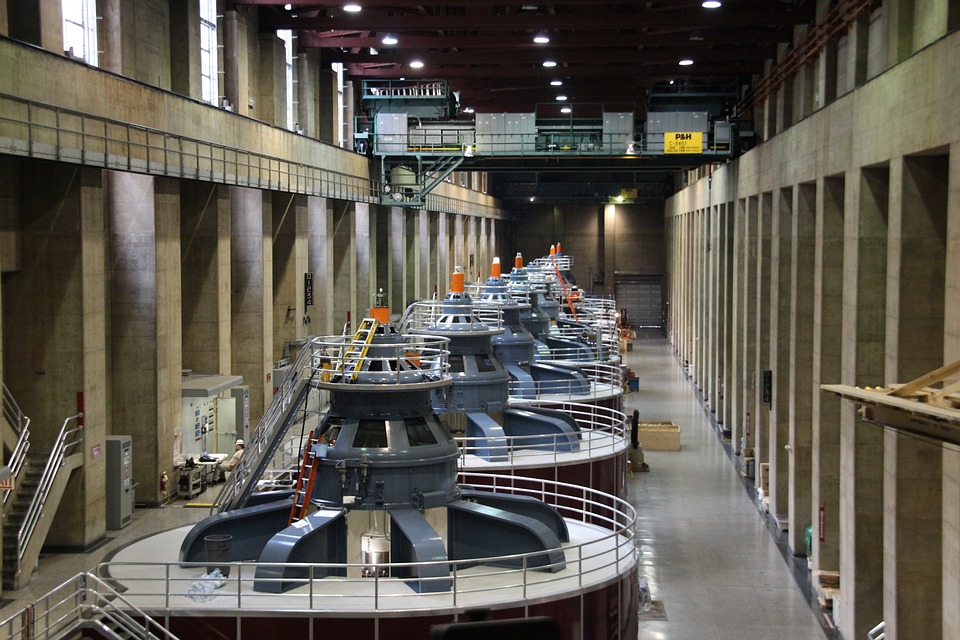The water treatment process is an essential part of quality control. It can be used to remove or reduce the concentration of contaminants, for example, dissolved salts and minerals that may cause water to taste salty or bitter. This process also eliminates bacteria, protozoa, and viruses present in water sources. There are many different steps involved in this process – let’s take a closer look at them!
- The water source must be treated before it enters the treatment plant so it doesn’t contaminate other parts of the system with dirt, debris, sedimentation caused by freezing or melting ice on pipes during wintertime conditions, or contamination from runoff events like floods
- The first step in water treatment is screening. Large objects like sticks and rocks are removed from the water source at this stage
The water then flows into a series of sedimentation tanks, where smaller particles settle to the bottom over time. This tank also removes any gas bubbles that may have formed during the water’s journey from the source.
After leaving the sedimentation tanks, water flows through a series of filters that remove any additional sediment or particles. Finally, chlorine is added to disinfect the water and kill any harmful bacteria.
Another important part of water purification involves removing dissolved solids – pollutants like salts and metals – through ion exchange or reverse osmosis (RO). Ion exchange uses natural resins like zeolites which bind with soluble ions like sodium and potassium, while reverse osmosis uses a water-tight membrane to remove dissolved solids from water.





